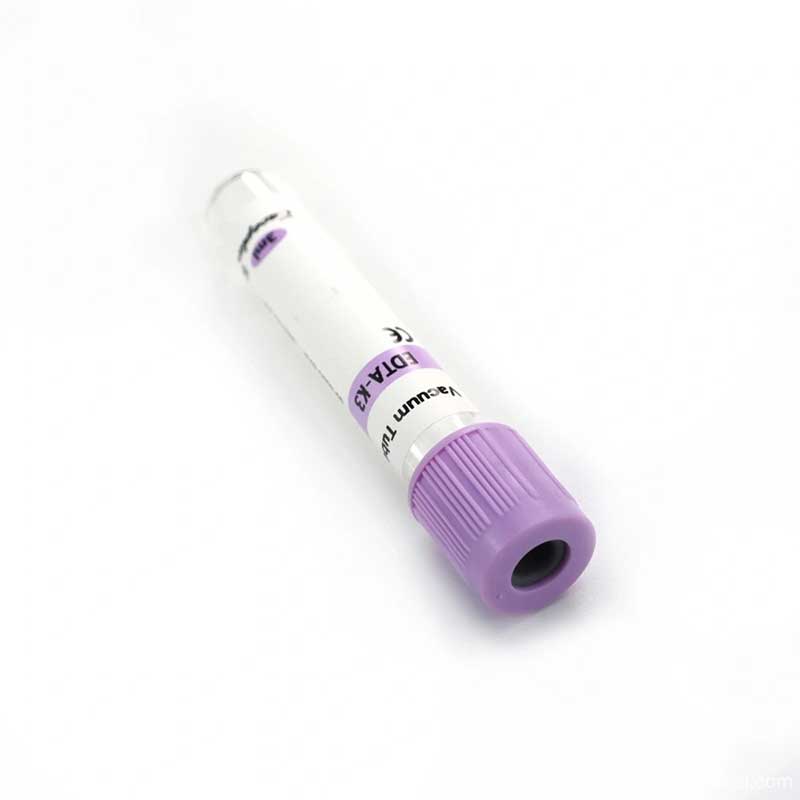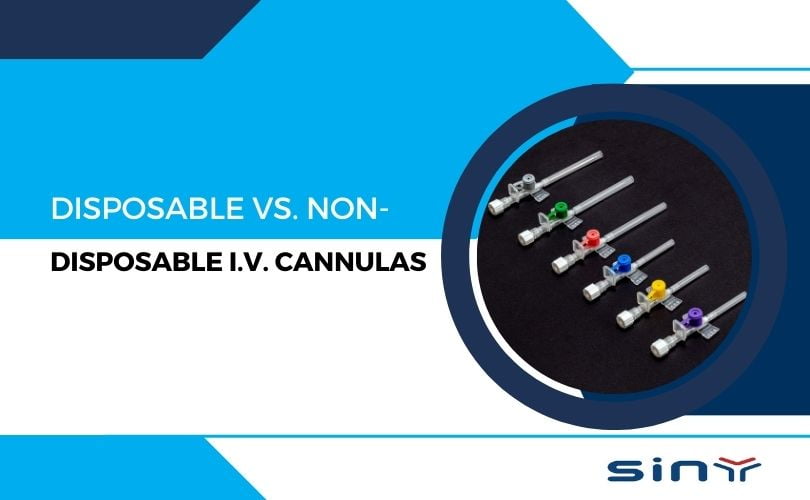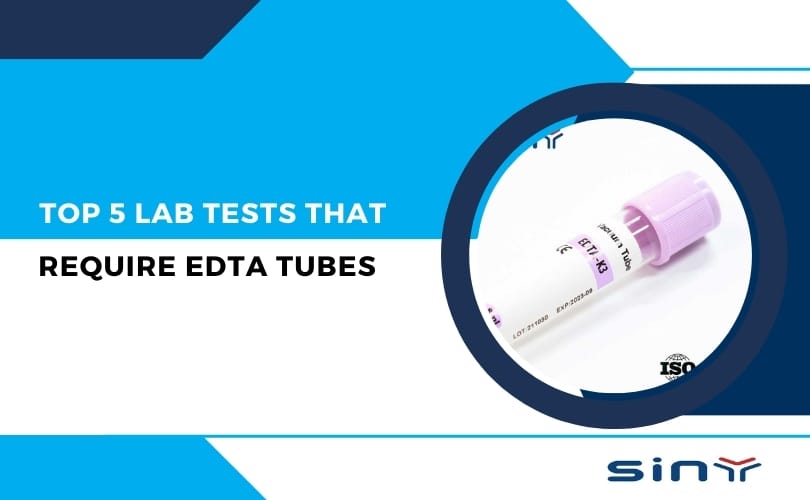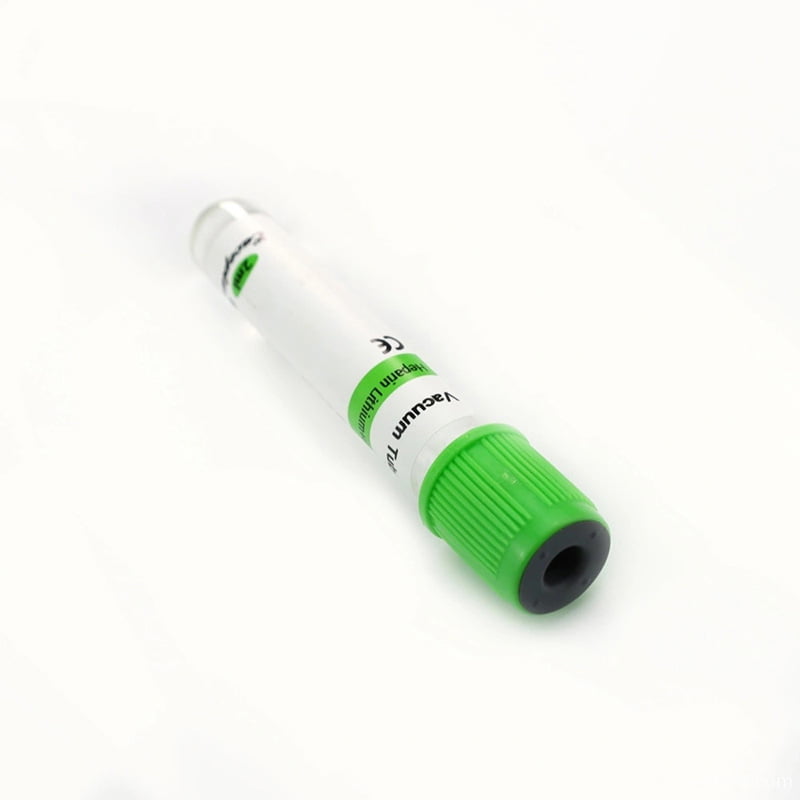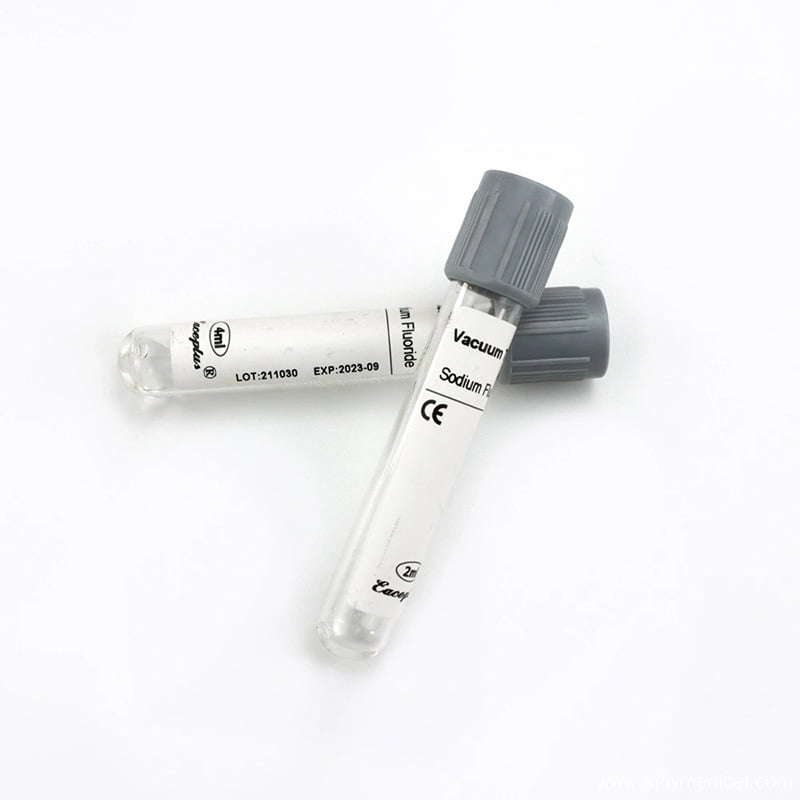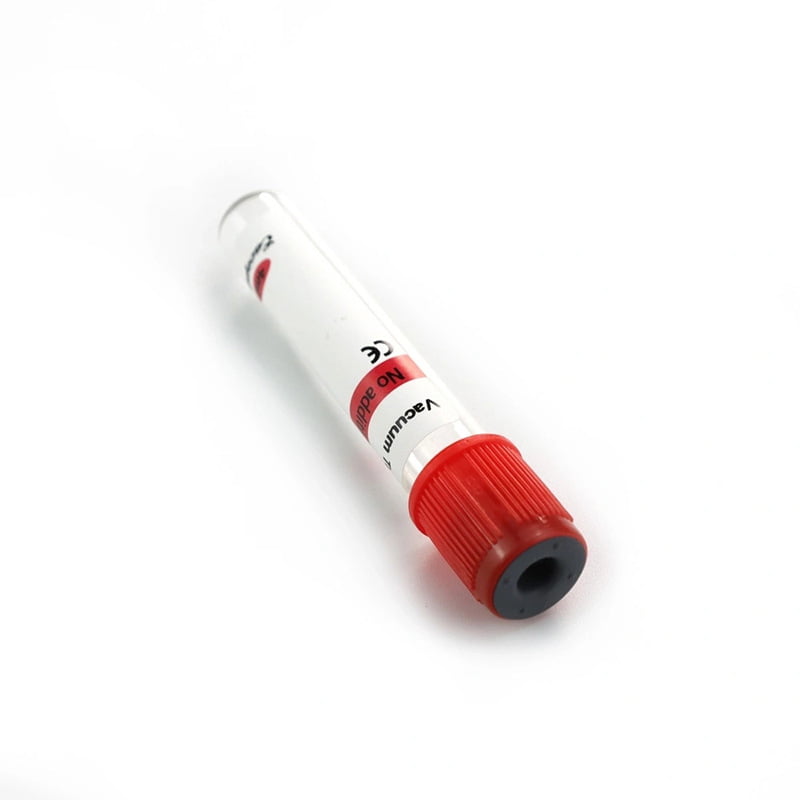A blood collection needle is vital for extracting blood from patients for diagnostic purposes. Typically made from stainless steel, it includes a hollow pointed needle and a plastic tube to facilitate collection. Using this needle prevents patient risks and ensures high-quality blood specimensA lot of bacteria and viruses are contained in blood, and if the needle is not adequately sterilized, the patient may be exposed to a number of infectious diseases.
Blood collection needles are crucial pieces of equipment used in medical settings to draw blood for testing and other diagnostic purposes. In this article, we will discuss the different types of blood collection needles, their uses, and their importance in medical settings.
Types of Blood Collection Needles
Blood collection needles are essential medical instruments used in the collection and storage of blood for diagnostic or therapeutic purposes. There are various types of needles available for blood collection, each designed for a specific purpose and with features that make them suitable for different situations. The most common type of needle used for blood collection is the butterfly needle, which has a short, wide-bore needle that makes it easier to insert into a vein and collect a larger sample of blood. Various types of needles are available, each serving distinct purposes.
One such type is the straight-bore needle, crafted for use with superficial veins. Another type is the syringe needle, tailored for accessing deeper veins. For heightened accuracy, one can opt for specialized needle variants like the vacuum tube needle, the capillary tube needle, and the lancet needle. Each of these needles offers unique advantages, depending on the situation and the type of sample required.
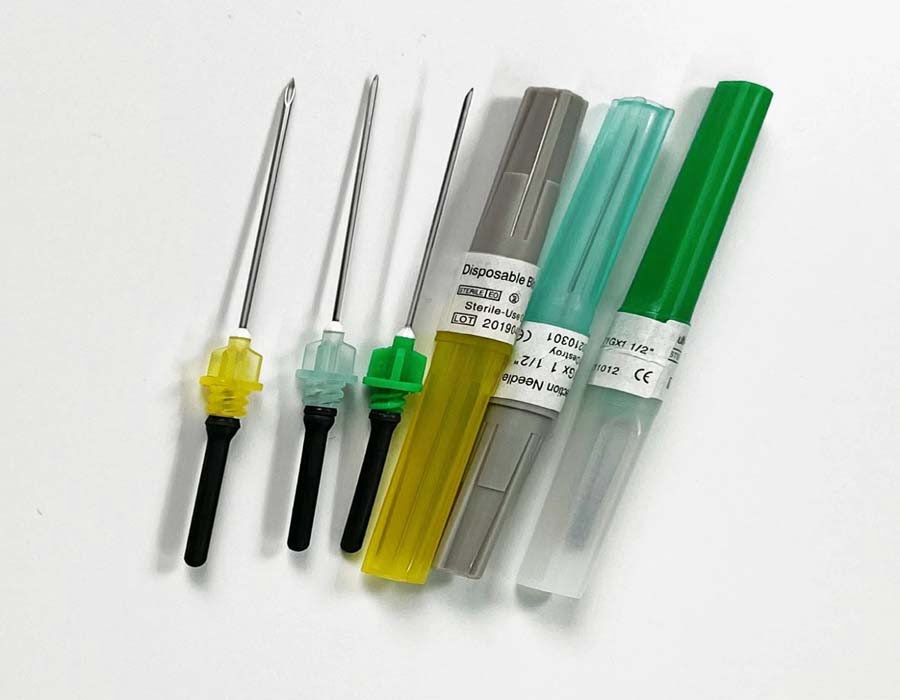
The Different Parts of a Blood Collection Needle
A blood collection needle is used to safely and efficiently draw blood. The needle’s sharp tip is specifically crafted for piercing the skin and accessing the vein. This tip comprises resilient materials such as stainless steel or plastic, allowing for multiple uses. The shaft of the needle is the main body of the device. The hub of the needle is the portion of the device that attaches to the syringe or collection tube.
The bevel of the needle is the angle of the sharp tip that helps create a smooth entry into the vein. Lastly, the wings, or flanges, of the needle are the two pieces of material on either side of the hub that allow the user to grip the needle securely. Blood collection needles come in a variety of sizes and materials and are a vital tool in the medical field.
Benefits of using a Blood Collection Needle
Using a blood collection needle has a multitude of benefits. The primary aim of its design is to simplify and enhance the process of obtaining a blood sample, rendering it more efficient. Its purpose encompasses swift and painless insertion into a vein, enabling the prompt and precise collection of samples with minimal patient discomfort. Moreover, its design intends to lower the probability of contamination while ensuring the highest quality of the collected sample.
This distinct design ensures the maintenance of a sterile environment, thereby aiding in the reduction of infection risk. Ultimately, its user-friendly design contributes to its suitability across a range of clinical scenarios. This makes it an ideal choice for medical professionals who need to collect a blood sample quickly, efficiently, and with minimal discomfort to the patient.

How to Properly Use a Blood Collection Needle
Using a blood collection needle properly is essential to ensuring that your sample is accurate and that you and your patient remain safe. First and foremost, it is important to understand the proper technique for using a blood collection needle. To begin, you must select the right needle size for the patient. Experts recommend using the smallest possible need tole to minimize the potential for discomfort. Once you have prepared the needle, position the patient correctly. It’s preferable to has the patient in a seated position, with the arm comfortably resting on a flat surface. Disinfect the area of the arm where you will collect the sample using an alcohol swab.
Apply the tourniquet for no more than one minute. If the vein doesn’t become visible, you can remove the tourniquet and reapply it in a different location. When the vein becomes visible, insert the needle at a 15- to 30-degree angle and fill the tube with blood. After you’ve collected the blood, remove the needle and dispose of it properly. Use a cotton swab to apply pressure to the site and disinfect the area once again. Following these steps will help ensure that you properly use a blood collection needle and collect a safe and accurate sample.
Potential Risks Associated with Using a Blood Collection Needle
One of the most important pieces of equipment in any lab is the blood collection needle. This content is used for drawing a sample of blood from a patient and analyzing it for various medical purposes. However, there exist potential risks associated with the utilization of a blood collection needle, and it holds significance for medical professionals to possess an awareness of these risks when executing any procedure involving the uof utilization of a needle
The most obvious risk is the potential for infection. A multitude of bacteria and viruses are found in blood, and if the needle is not sufficiently sterilized, the patient could be subjected to a range of infectious diseases.
In addition, the use of a needle increases the risk of accidental cuts, bruises, and even puncture wounds that can cause serious infections or even death.
Another potential risk associated with using a blood collection needle is the risk of an allergic reaction. This is especially true if the patient is allergic to the material used to make the needle or has a history of allergies. In addition, the use of a needle can cause discomfort or even pain for some patients, and this may lead to an increased risk of a negative response.
Finally, improper use of a blood collection needle can lead to inaccurate results. This can lead to incorrect diagnoses, improper treatments, and, in some cases, even death.
Conclusion
A blood collection needle serves as a crucial medical instrument employed for the extraction of blood from a patient to fulfill diagnostic objectives. Normally crafted from stainless steel, it comprises of a hollow needle possessing a pointed tip, accompanied by a plastic tube that aids in the facilitation of blood collection. Utilization of the blood collection needle guarantees the avoidance of subjectting the patient to avoidable hazards, whilst simultaneously ensuring the procurement of a blood specimen of utmost quality. Additionally, it remains imperative to ascertain the accurate and secure application of the needle, thereby averting any possible complications.
. Blood collection needles are crucial pieces of equipment used in medical settings to draw blood for testing and other diagnostic purposes. In this article, we will discuss the different types of blood collection needles, their uses, and their importance in medical settings.
Types of Blood Collection Needles
Blood collection needles are essential medical instruments used in the collection and storage of blood for diagnostic or therapeutic purposes. There are various types of needles available for blood collection, each designed for a specific purpose and with features that make them suitable for different situations. The most common type of needle used for blood collection is the butterfly needle, which has a short, wide-bore needle that makes it easier to insert into a vein and collect a larger sample of blood. Various types of needles are available, each serving distinct purposes.
One such type is the straight-bore needle, crafted for use with superficial veins. Another type is the syringe needle, tailored for accessing deeper veins. For heightened accuracy, one can opt for specialized needle variants like the vacuum tube needle, the capillary tube needle, and the lancet needle. Each of these needles offers unique advantages, depending on the situation and the type of sample required.

The Different Parts of a Blood Collection Needle
A blood collection needle is used to safely and efficiently draw blood. The needle’s sharp tip is specifically crafted for piercing the skin and accessing the vein. This tip comprises resilient materials such as stainless steel or plastic, allowing for multiple uses. The shaft of the needle is the main body of the device. The hub of the needle is the portion of the device that attaches to the syringe or collection tube.
The bevel of the needle is the angle of the sharp tip that helps create a smooth entry into the vein. Lastly, the wings, or flanges, of the needle are the two pieces of material on either side of the hub that allow the user to grip the needle securely. Blood collection needles come in a variety of sizes and materials and are a vital tool in the medical field.
Benefits of using a Blood Collection Needle
Using a blood collection needle has a multitude of benefits. The primary aim of its design is to simplify and enhance the process of obtaining a blood sample, rendering it more efficient. Its purpose encompasses swift and painless insertion into a vein, enabling the prompt and precise collection of samples with minimal patient discomfort. Moreover, its design intends to lower the probability of contamination while ensuring the highest quality of the collected sample.
This distinct design ensures the maintenance of a sterile environment, thereby aiding in the reduction of infection risk. Ultimately, its user-friendly design contributes to its suitability across a range of clinical scenarios. This makes it an ideal choice for medical professionals who need to collect a blood sample quickly, efficiently, and with minimal discomfort to the patient.

How to Properly Use a Blood Collection Needle
Using a blood collection needle properly is essential to ensuring that your sample is accurate and that you and your patient remain safe. First and foremost, it is important to understand the proper technique for using a blood collection needle. To begin, you must select the right needle size for the patient. Experts recommend using the smallest possible need tole to minimize the potential for discomfort. Once you have prepared the needle, position the patient correctly. It’s preferable to has the patient in a seated position, with the arm comfortably resting on a flat surface. Disinfect the area of the arm where you will collect the sample using an alcohol swab.
Apply the tourniquet for no more than one minute. If the vein doesn’t become visible, you can remove the tourniquet and reapply it in a different location. When the vein becomes visible, insert the needle at a 15- to 30-degree angle and fill the tube with blood. After you’ve collected the blood, remove the needle and dispose of it properly. Use a cotton swab to apply pressure to the site and disinfect the area once again. Following these steps will help ensure that you properly use a blood collection needle and collect a safe and accurate sample.
Potential Risks Associated with Using a Blood Collection Needle
One of the most important pieces of equipment in any lab is the blood collection needle. This content is used for drawing a sample of blood from a patient and analyzing it for various medical purposes. However, there exist potential risks associated with the utilization of a blood collection needle, and it holds significance for medical professionals to possess an awareness of these risks when executing any procedure involving the uof utilisation of a needle
The most obvious risk is the potential for infection. BlooA lot of bacteria and viruses are contained in blood, and if the needle is not adequately sterilized, the patient may be exposed to a number of infectious diseases.d contains a lot of bacteria and viruses, and if the needle is not adequately sterilized, the patient may be exposed to a number of infectious diseases.
In addition, the use of a needle increases the risk of accidental cuts, bruises, and even puncture wounds that can cause serious infections or even death.
Another potential risk associated with using a blood collection needle is the risk of an allergic reaction. This is particularly significant for patients with material allergies or a history of allergies. Also, needle usage can cause discomfort or pain for certain patients, potentially increasing negative response risk.
Finally, improper use of a blood collection needle can lead to inaccurate results. This can lead to incorrect diagnoses, improper treatments, and, in some cases, even death.
Conclusion
A blood collection needle is vital for extracting blood from patients for diagnostic purposes. Typically made from stainless steel, it includes a hollow pointed needle and a plastic tube to facilitate collection. Using this needle prevents patient risks and ensures high-quality blood specimens. Additionally, it remains imperative to ascertain the accurate and secure application of the needle, thereby averting any possible complications.

